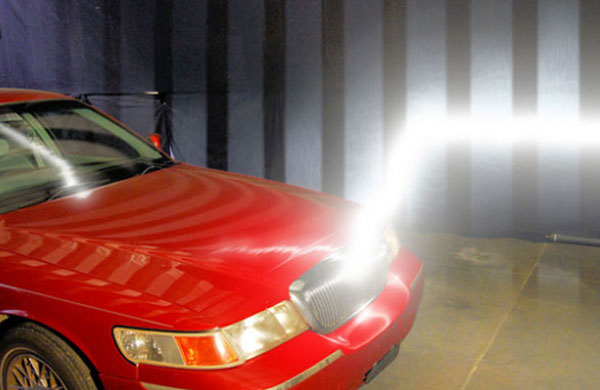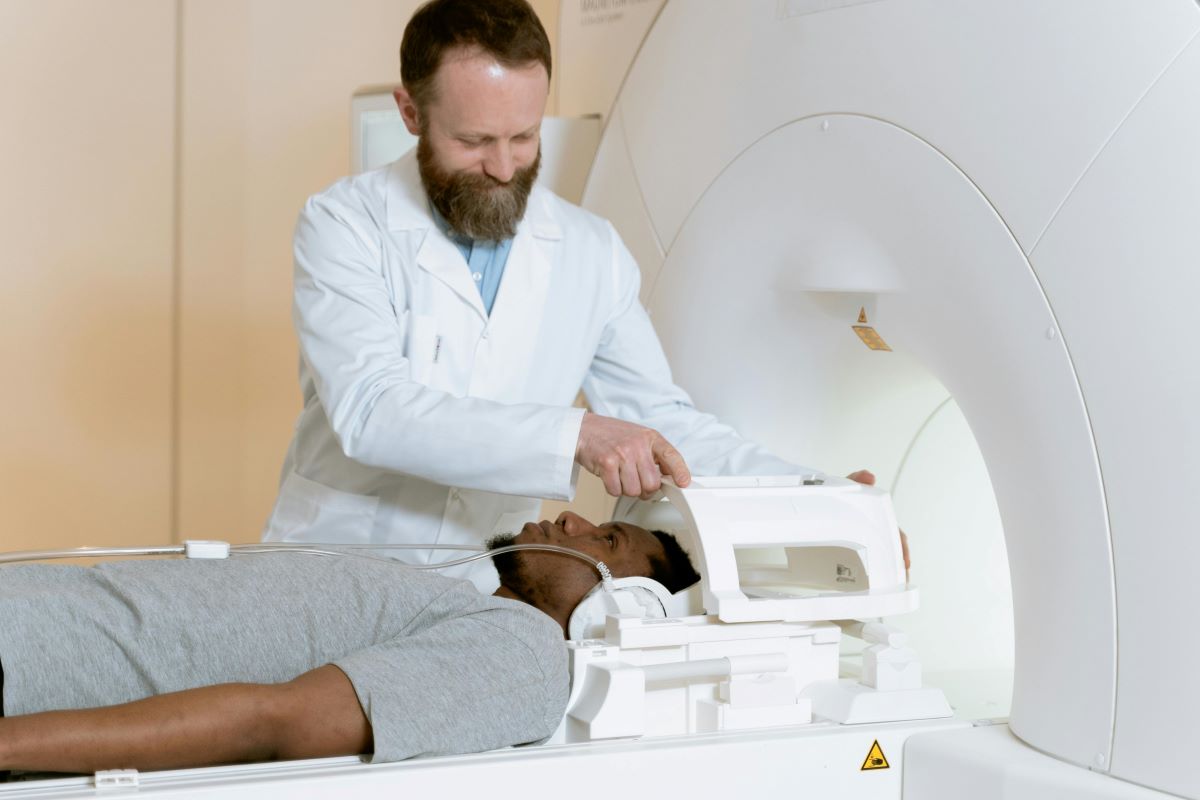The United States military is known the world over for its leadership in military technology. Time and again, the US military research laboratories have brought out ground-breaking innovations in warfare technology. It is no surprise then that the US military continues to be the most technologically advanced and mightiest military power in the world. This is not to say that the military has a 100 percent rate of success each time it brings out a new technology. In the past, there have been failures like the FEL laser and the YAL-1 laser jet.
The Laser Induced Plasma Channel – LIPC
The prospects for the most recent innovation, the Laser-Induced Plasma Channel (LIPC), seem bright. It is also likely that the technology will be adopted by the US military to buttress its warfare arsenal with latest technology. The LIPC has been developed by a company named Picatinny Arsenal based in New Jersey. The LIPC technology would enable soldiers to hit enemy devices with lightning bolts, much in the same way that children aim laser beams over enemy tanks in many computer battle games.
The First Inventor of LIPC
The revolutionary bit about this new technology is that it creates a channel for conducting electricity through the insulating envelope of air around it. The technology was first researched by the famous inventor Nikola Tesla but was not accepted by the military at the time. The LIPC device will be used to create a laser beam that is so intense that it removes particles from the surrounding air.
How Does it Fire a Bolt of Electricity?
Air, which is acts as an insulator in the natural state, would become ionized by the action of the beam. This would help to create a passage consisting of plasma through which large amounts of electrical energy could be directed towards a target. The refracting power of the air would help to keep the laser beam focused and concentrated within a small diameter, thereby increasing its intensity. The laser beam can be maneuvered with the help of a mirror to aim at the target.
All is Not Rosy Yet
Despite all the promise of the technology, there are many things that the researchers need to think about. For instance, the exact level of intensity needs to be determined and maintained to avoid any accidents or damage to the laser amplifier system. Another challenge would involve determining the appropriate voltage to be transferred along the plasma conduit and to find ways of providing continuous power to the device.




